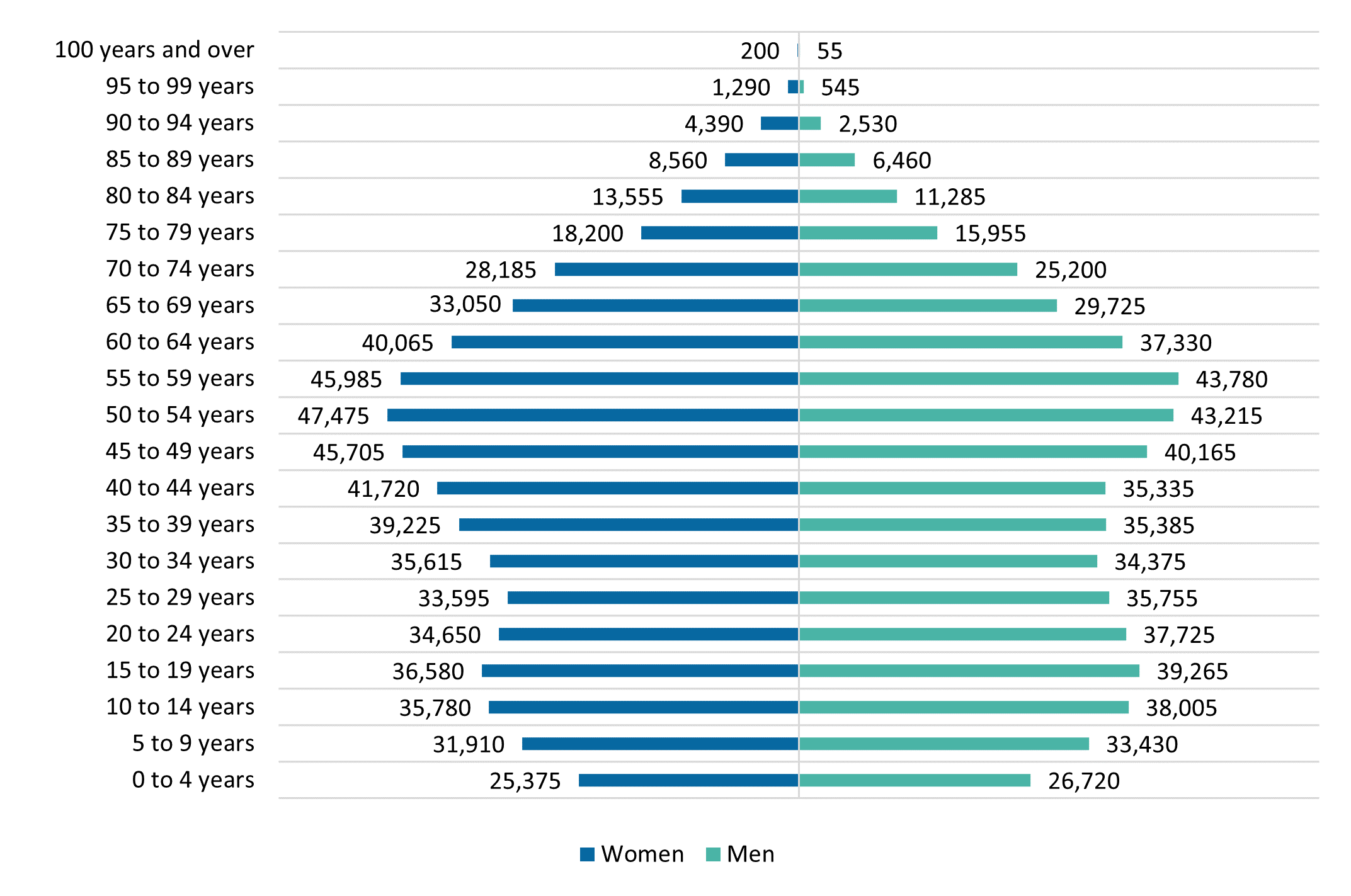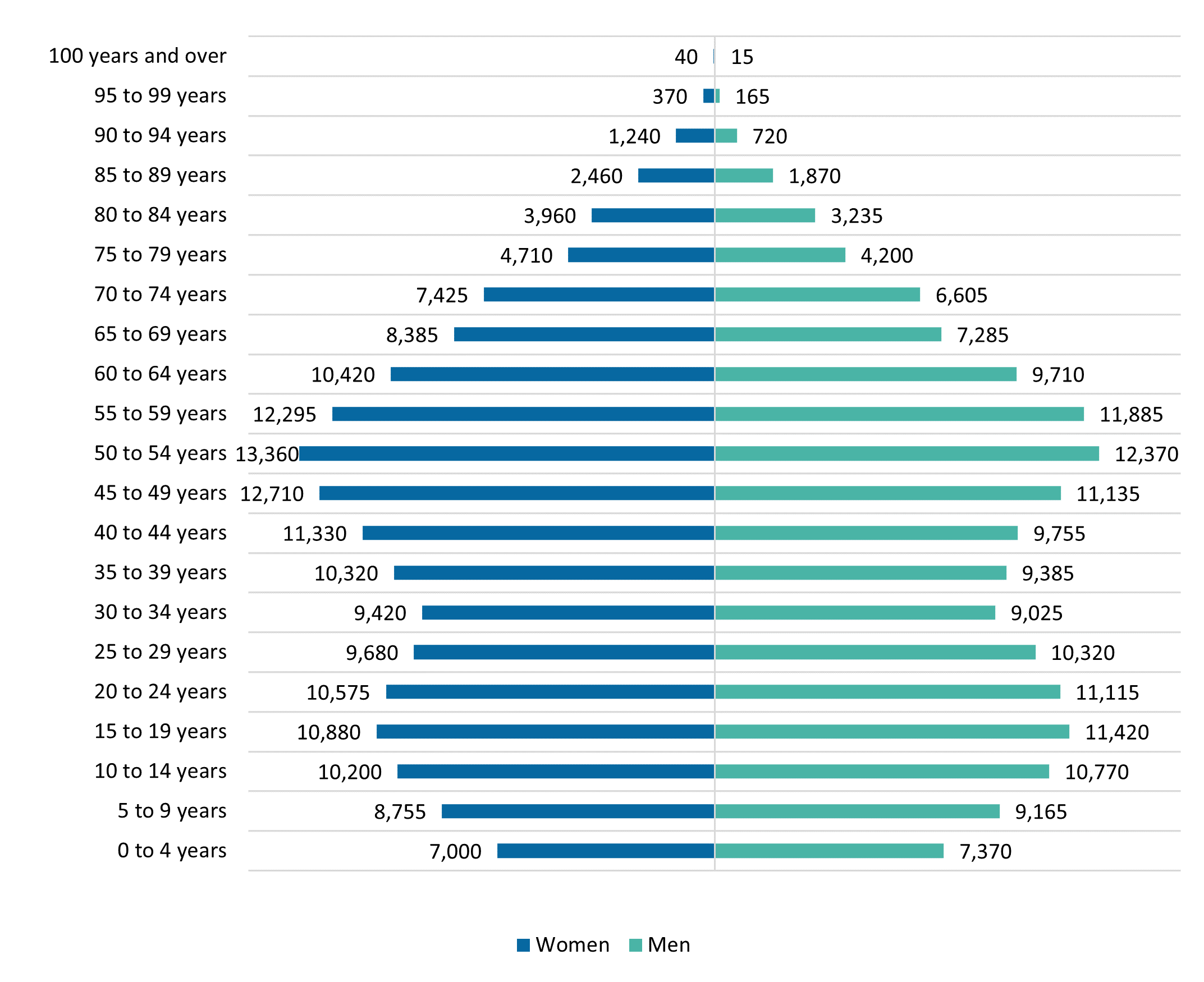2021 Census Insights and Findings – Age Characteristics
Key Highlights
- Baby boomers (aged 55 to 74 years old) now account for 24.9% of Canada’s total population
- Millennials (aged 25 to 39 years old) account for 33% of the country’s core working-age population
- Between 2016 and 2021 the millennial cohort increased 8.6% and is the fastest growing generation
- Nationally, one of the fast-growing age cohorts within Canada is 85 years old and over – this age segment is expected to triple in size by 2046 to total nearly 2.5 million residents
- Millennials have begun to outnumber baby boomers in large urban centres, with 40% of Toronto’s population aged 25 to 40 years old
- The City of Vaughan’s millennial workforce accounts for 27% of Vaughan’s working-age population and 7% of York Region’s working-age population
Insights and Findings
Canada
The Canadian population has seen a significant shift in demographics since the 2016 census. Millennials in Canada are the fastest growing age cohort in the country, between 2016 and 2021 the millennial population increased 8.6%. These increases were mainly due to immigration. Millennials in Canada (born between 1981 and 1996) now account for 33.2% of the working-age population (15 to 64 years old).
Ageing baby boomers (55 to 74 years old) currently make up 24.9% of the Canadian population. Those 85 and older continue to be a fast-growing age cohort – in the 2021 census, 861,000 were counted, representing 2.3% of the population. By 2046 it is expected that those over the age of 85 could total 2.5 million people. A significant proportion of this age cohort have activity limitations or health-related issues with more than one quarter in collective dwellings, nursing care facilities, and long-term care homes. As more of our population continues to age beyond 85 years old, limitations around long-term health will put increasing challenges on all levels of government, primarily in housing, transportation, and healthcare.
Ontario
Millennials continue to dominate large urban centres across the country accounting for more than 35% of downtown populations, while baby boomers represent 20.9%. Millennials living downtown are primarily made up of postsecondary students and young working professionals. This age cohort now outnumbers baby boomers in Canadas six largest urban centres. Toronto millennials account for 40% of the city’s total population. People aged 85 years and older are highly concentrated within large urban centers in Quebec, Ontario and British Columbia. Ontario cities such as Peterborough, St. Catherines, Niagara, Kingston, Hamilton, Greater Sudbury, Brantford, Windsor, London, and Guelph all had higher proportions of those aged 85 years and older.
York Region
York Region’s demographics are following a similar trend to that of the country. Baby boomers within York Region have increased 18% since the 2016 census to account for 283,325 residents in 2021. Millennials make up 18% of the Region’s total population with an increase of more than18,665 residents since 2016. Millennials within York Region now account for 27% of the Region’s working-age population (15 to 64 years old). Residents aged 85 years and older have increased to 24,025 residents in 2021, an increase of 4,820 residents since 2016.
Figure 1: York Region Population Pyramid, 2021 Statistics Canada Census

City of Vaughan
The City of Vaughan’s population continues to grow. In 2021, baby boomers accounted for 74,015 residents within the City, an increase of 21% from 2016. In 2021, there were 58,155 millennial residents, an increase of 4,795 residents since 2016. Millennials now account for 7% of York Regions total working-age population and 27% of Vaughan’s working-age population. Residents aged 85 years and over totaled 6,880 residents in 2021 an increase of 1,540 residents since 2016. Compared to the province, Vaughan’s working-age population skews slightly older. Those aged 40 to 64 years account for more than 53% of the working-age population in Vaughan, compared to 51% in Ontario.
Figure 2: City of Vaughan Population Pyramid, 2021 Statistics Canada Census

Statistics Canada Census Release Schedule
Statistics Canada will release 2021 Census topics throughout 2022. Economic Development will continue to monitor and provide council with information on Vaughan’s growing demographics and economy.
- July 13th, 2022 – Families, households, and marital status; Canadian military experience; income profiles
- August 17th, 2022 – Language
- September 21st, 2022 – Indigenous peoples, and housing
- October 26th, 2022 – Immigration, place of birth, and citizenship; ethnocultural and religious diversity; mobility and migration
- November 30th, 2022 – Education, labour, language of work, commuting, and instruction in the official minority language
